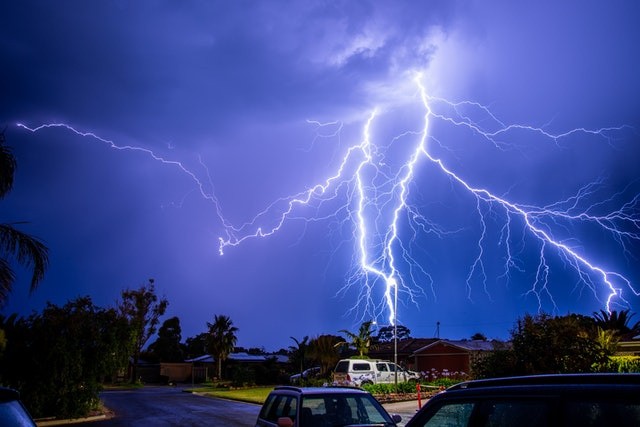Occurrences like floods, wildfires, tornadoes, hurricanes, droughts and even lightning are not just increasing in terms of frequency and intensity, but they strike more than once, too. The question many ask though is, do they strike in the same place twice, or more?
However, to date, as specified in a Phys.org report, disaster study largely focuses on individual occurrences and fails to account for legacy impacts that leave people susceptible in the wake of recurrent disasters.
To enhance predictive capacity to better get ready for future disasters, an interdisciplinary team of scientists has developed a novel framework for enhancing scientific insight of "recurrent acute disasters" or RADs. Their work has recently been published in Science Advances.

Recurrent Acute Disasters
According to Steward Pickett, co-lead of the study and an urban ecologist at Cary Institute of Ecosystem Studies, RADs impact a particular site over time. Each occurrence can make legacy conditions that shape the impacts of succeeding disasters.
As RADs turn more frequent and powerful, studying disasters as associated, instead of isolated events, will be crucial to enhancing disaster science, preparedness measures, and results for affected communities.
Driven partly by climate change, population growth in at-risk areas, and insufficient disaster preparedness, RADs are posing a rising threat to "environmental quality, economic activity, and public safety," this report specified.
Examples of such events that are starting to interact in the sequence include wildfires in the American West, unusual flooding in Europe, and massive hurricanes in the Caribbean.
Does Lightning Hit the Same Place Twice?
According to the National Weather Service, "lightning is a major cause of storm-related deaths" in the United States, making it important to know if it hits the same place more than once.
A lightning strike can lead to a cardiac arrest at the time of the injury through some victims may seem to have a delayed death, days after, if they are resuscitated yet have suffered permanent brain damage.
NASA-funded scientists discovered that cloud-to-ground lightning often strikes the ground in two or more areas and that the chances of being hit are approximately 45 percent higher than what people usually assume, the space agency reported on its website.
William Valine and E. Philip Krider from the Institute of Atmospheric Physics at the University of Arizona and co-authors of the study, too to the field by using video and other forms of technology to examine lightning which is one of the biggest weather-related killers in the US, superseded only by extreme flooding and heat.
Krider explained, most people assume that lightning strikes in just one place. In their study, they have documented that lightning certainly strikes more than one place, roughly a third of a time.
He added, if one wants to quantify the chances of being struck by lightning, they are roughly 45 percent higher than the number of flashes since, on average, there are approximately "1.45 strike points per CG flash."
Related information about lightning hitting the same place twice is shown on UNSW's YouTube video below:
RELATED ARTICLE : UN Reports New Record Breaking Distance for the Longest Detected Megaflash Exceeding the 770-Kilometer Stretch
Check out more news info about the Lightning Strikes only on Science Times.
© 2025 ScienceTimes.com All rights reserved. Do not reproduce without permission. The window to the world of Science Times.











